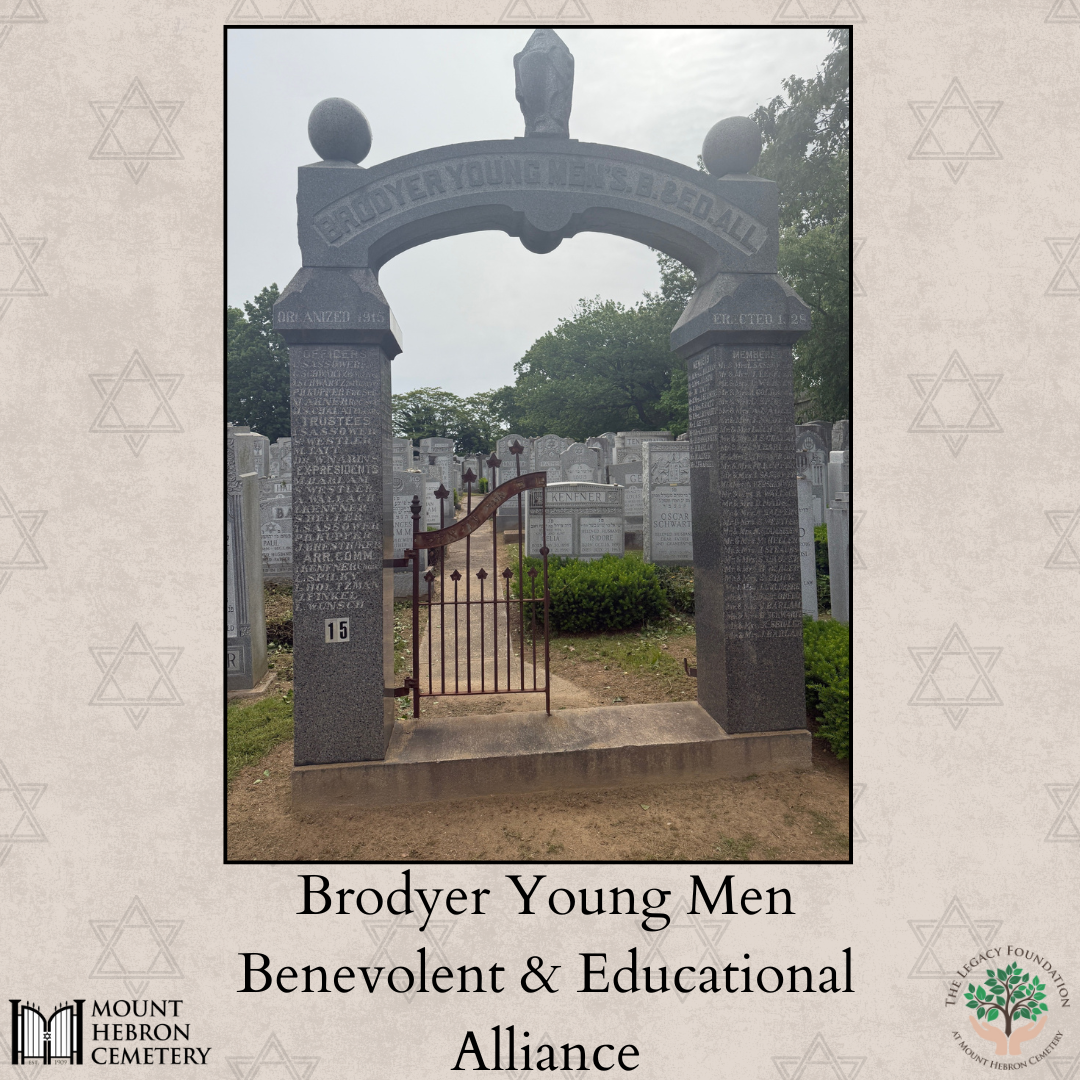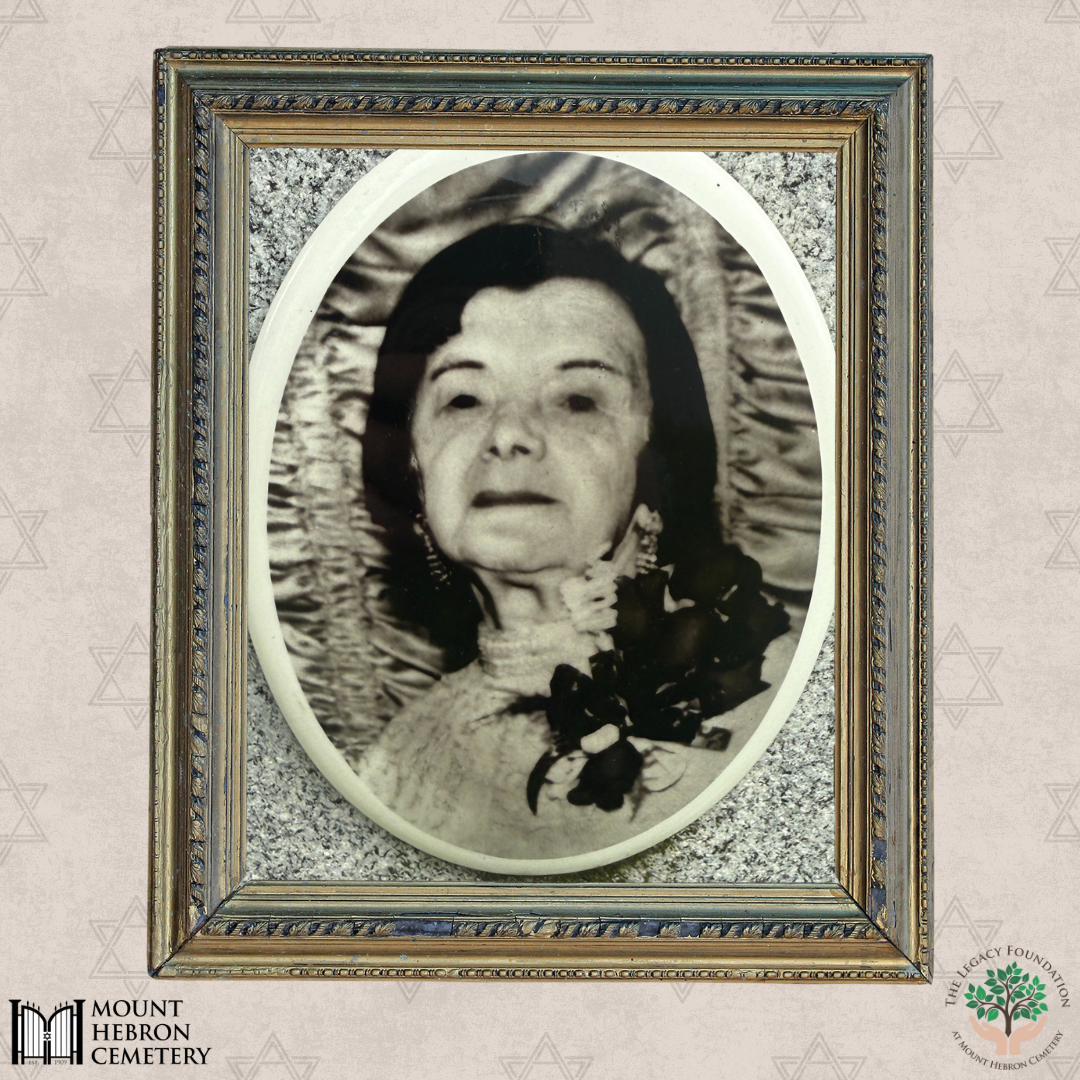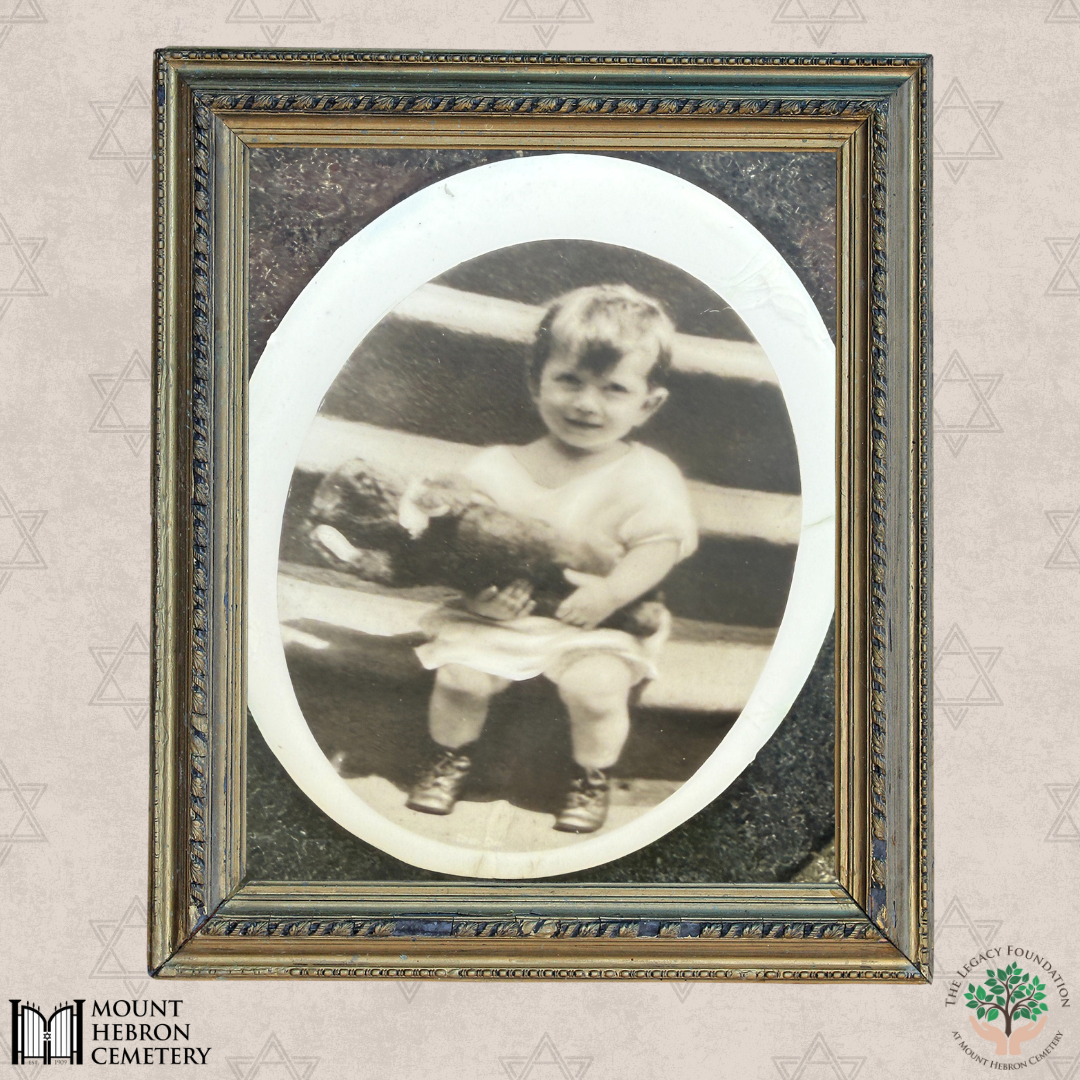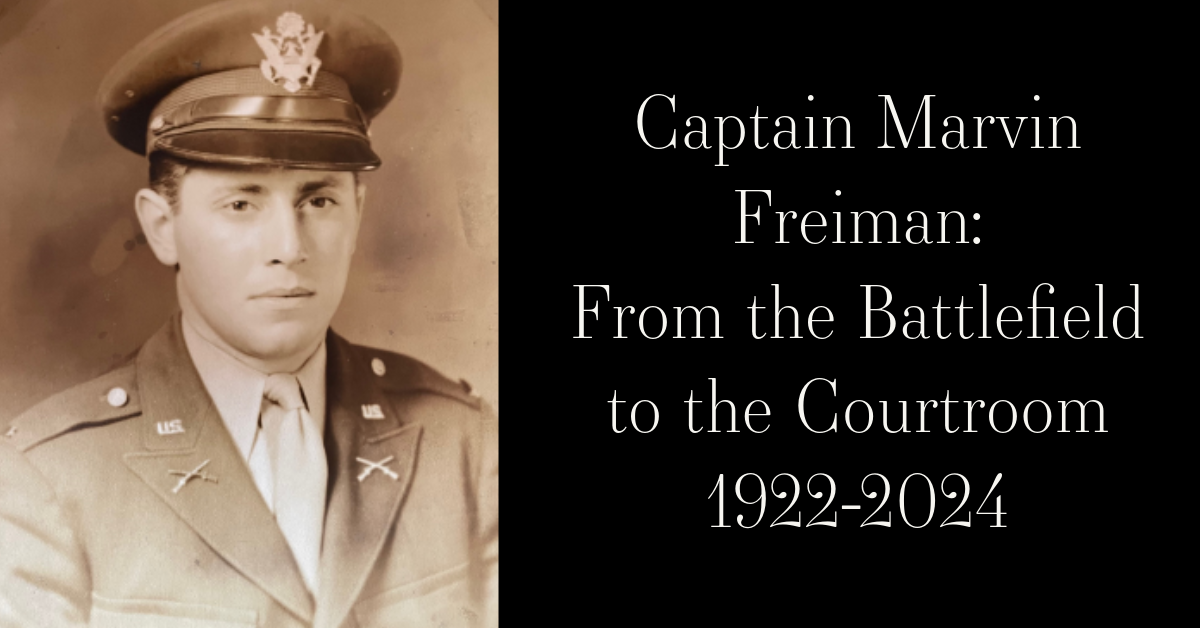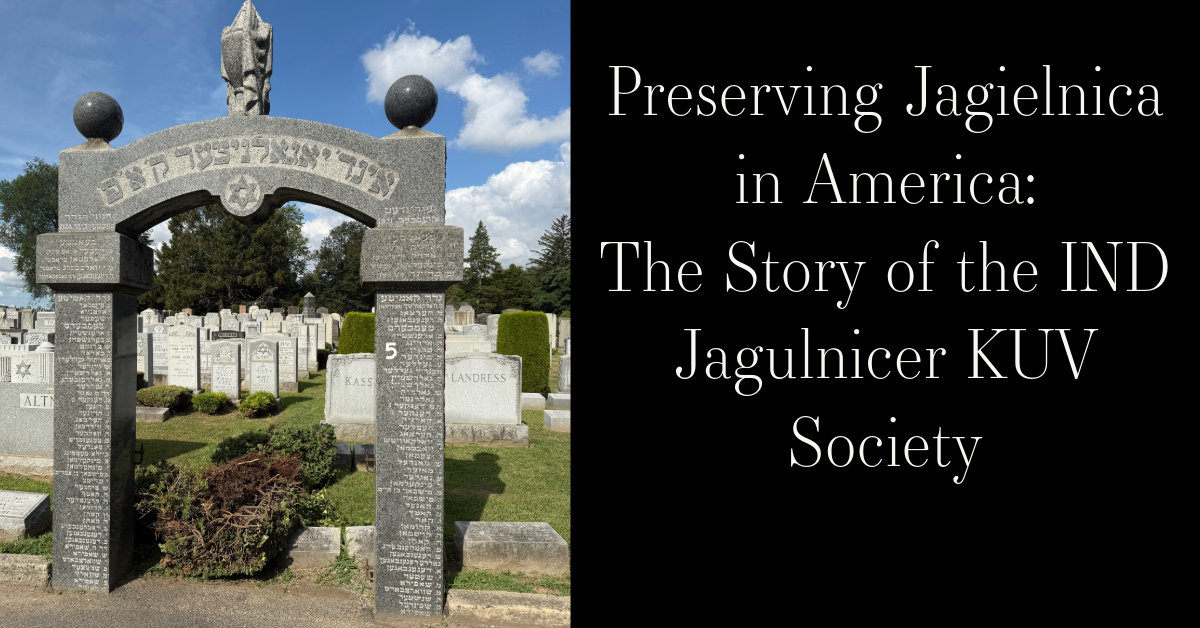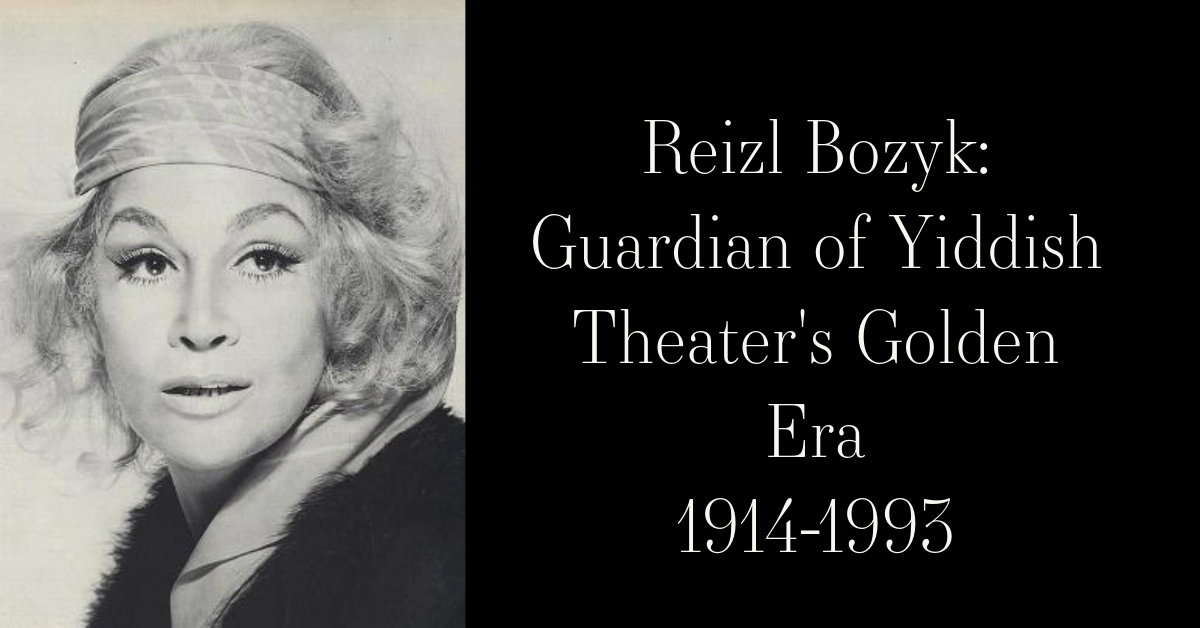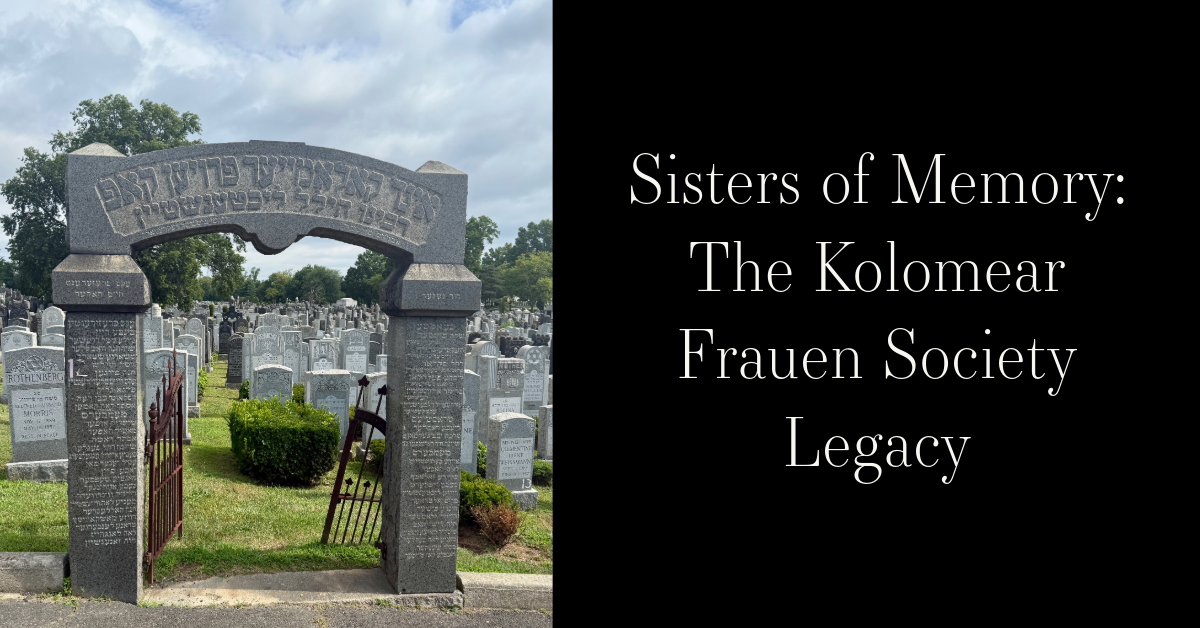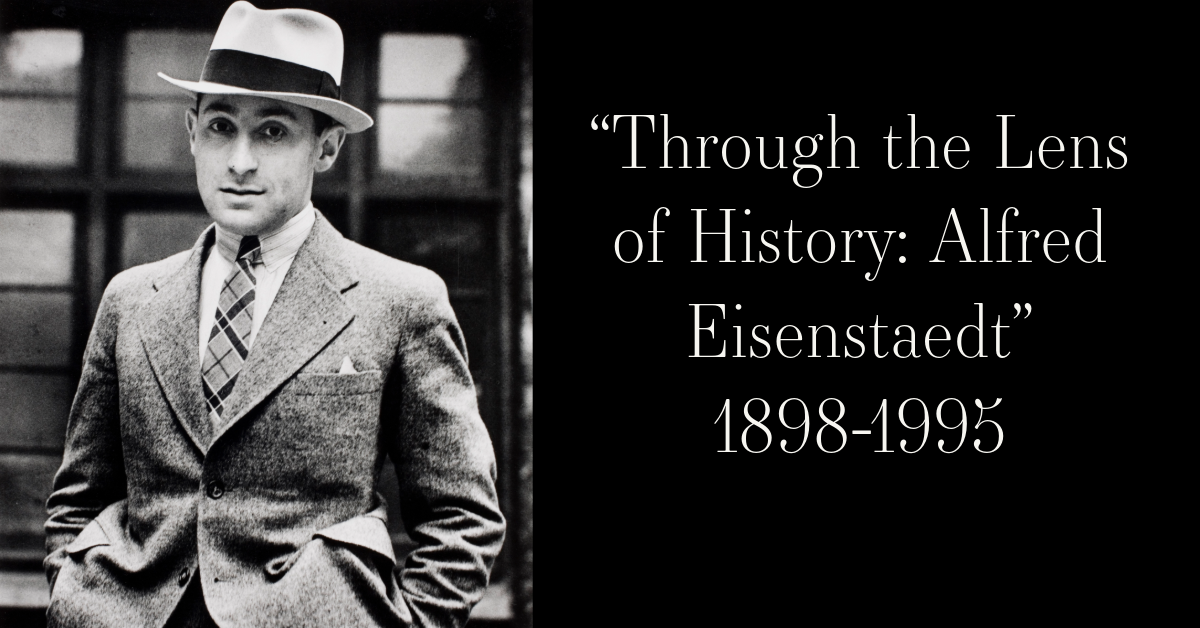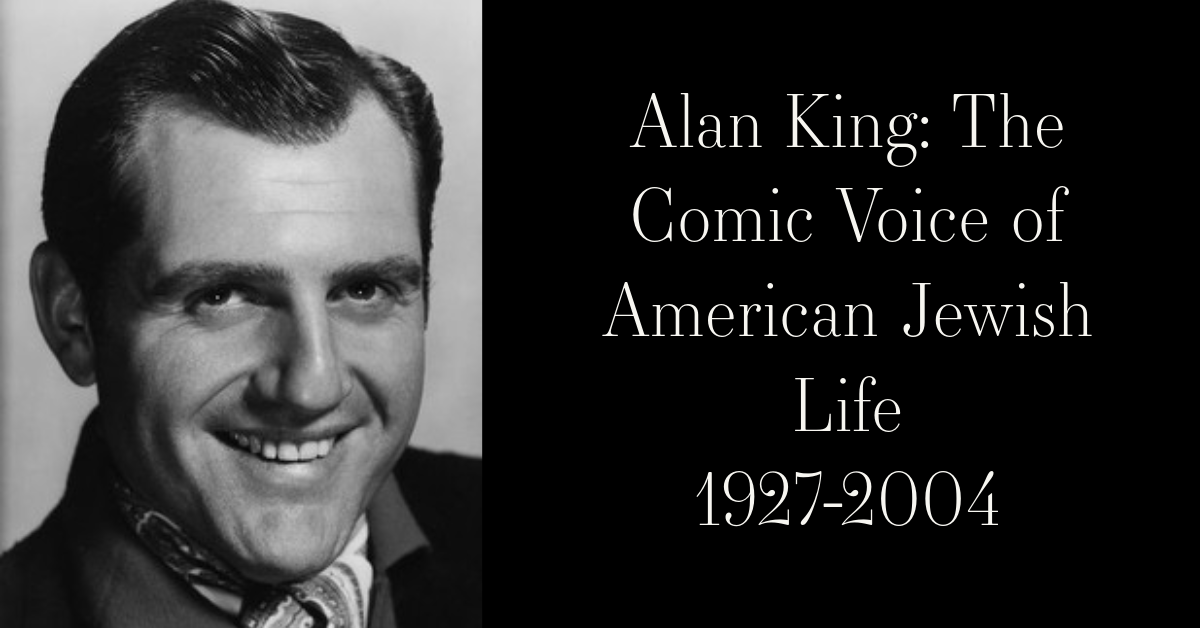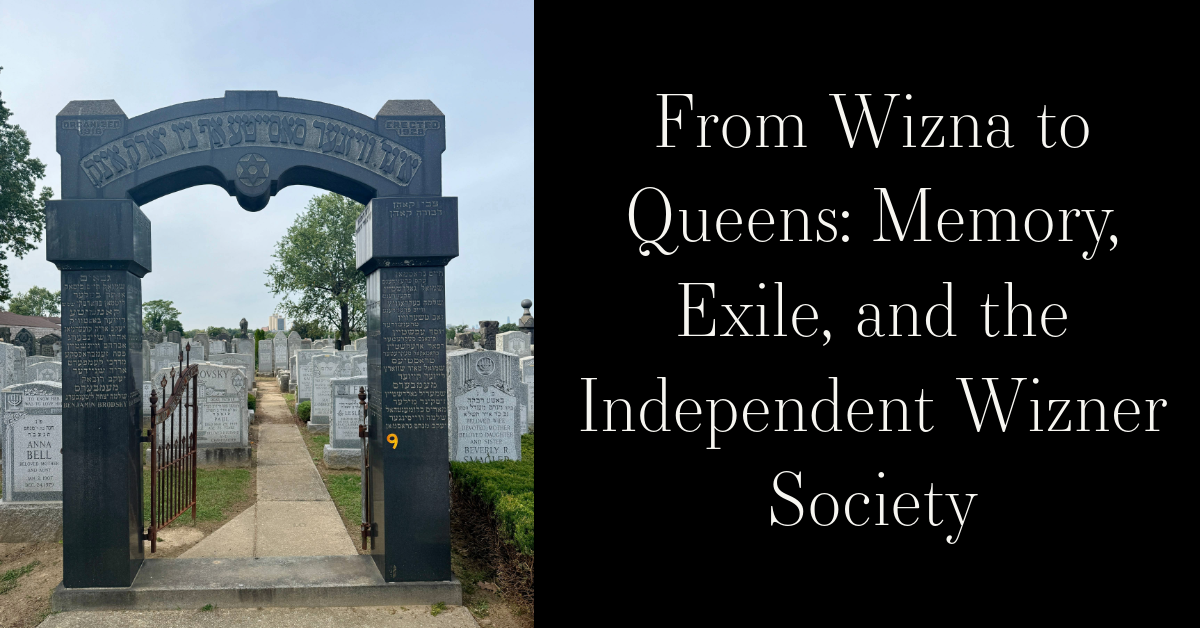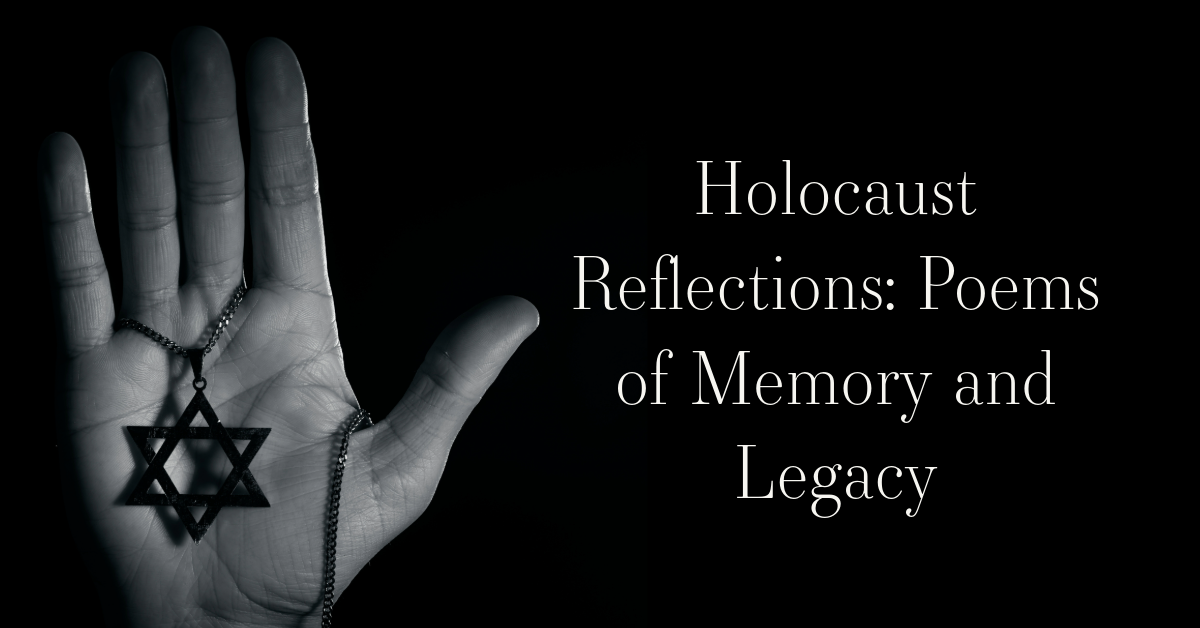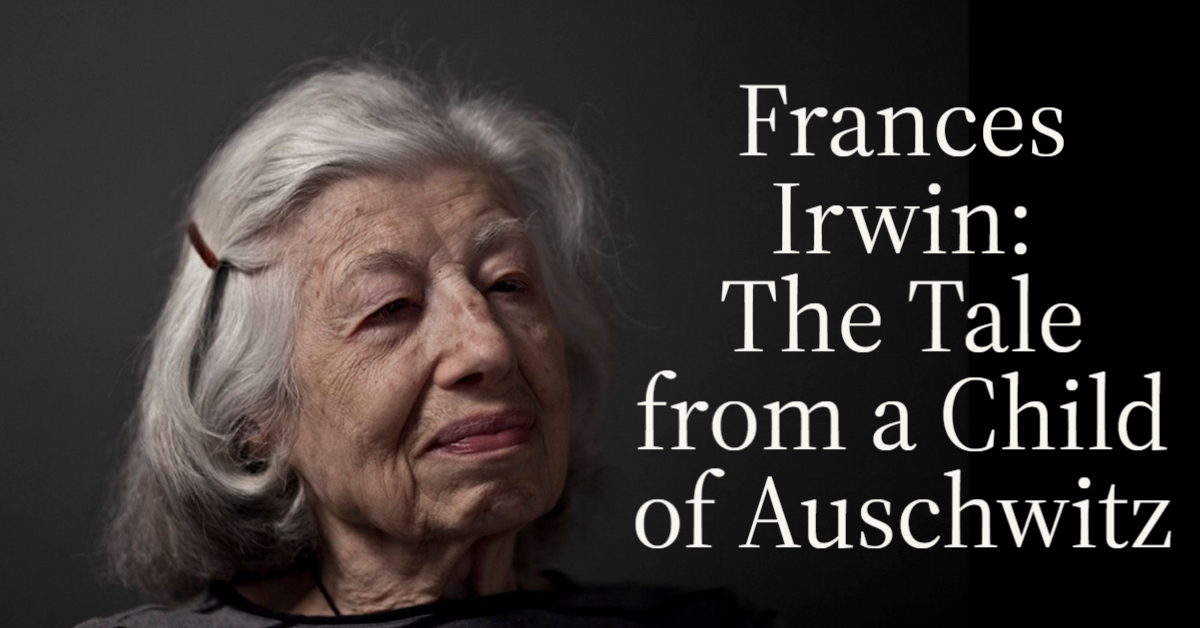Story Summary:
The Brodyer Young Men Benevolent and Educational Alliance Society was established in New York by immigrants hailing from Brody, Ukraine. The society was incorporated on November 11th, 1915, and provided philanthropic, financial, and sick assistance. They also functioned as a burial society, using Mount Hebron Cemetery, Mount Lebanon, Beth David, and Beth Moses. Initial Jewish presence in Brody dates to the 16th century. They engaged mostly in commerce and crafts, acquiring the title of "The Jewish Amsterdam of the East". The Jews of Brody were extremely involved with their community, politically, religiously, and socially. Numerous relief organizations were established to help those in need after attacks and fires. Jewish way of life was dismantled and eliminated following the German invasion of Brody in July of 1941. Just over 200 people survived at the time of the town's liberation on July 18th, 1944, many of whom migrated overseas shortly after the war. Their memories continue to live on. ~Blog by Olivia Scanlon
Brodyer Young Men Benevolent & Educational Alliance
The Brodyer Young Men Benevolent and Educational Alliance Society was established in New York by immigrants hailing from Brody, Ukraine. The society was incorporated on November 11th, 1915, and provided philanthropic, financial, and sick assistance. They also functioned as a burial society, using Mount Hebron Cemetery, Mount Lebanon, Beth David, and Beth Moses.
Initial Jewish presence in Brody dates to the 16th century. In 1664, the Jews of Brody teamed with the Zholkva and Buchach communities to establish communal independence from Lvov. A 1699 charter, passed by Jakub Sobieski, permitted the Jews to live anywhere in the town and engage in all areas of commerce. The 1648 plague, Tartar invasion, fire of 1696, and 1718 riots devastated the community, resulting in a long process of rehabilitation. The Jews of Brody supported themselves by way of the money-lending profession, craftsmen, and trades. By the 18th century, a tailors union had been established. The first synagogue was destroyed by fire in 1742, and was rebuilt in 1801, called the “New Synagogue”. A Beit Midrash was also erected. In 1779, taxes were levied on the Jews of Brody by the regional government resulting in their autonomy being revoked. Despite this, the Jewish population continued to grow, constituting 86% (14,000) of the total population by 1799. Their growing involvement in the area of commerce is recognized by their title as “The Jewish Amsterdam of the East”. The Jews of Brody had gradually replaced the Armenian commercial element of Brody, concentrating most of the city’s trade in their hands.
In 1847, the taxes on Jewish people were abolished but conscription into the Austrian Army was made mandatory (annexation to Austria). The community established a hospital, an old-age home, a community soup kitchen, in addition to aid societies such as the free-loan society, the Clothing of School Children society, an orphanage society, and a widow society. An 1867 fire destroyed about 800 homes prompting the creation of more relief organizations.
In 1890, a Zionist organization was established, acquiring about 200 members by 1899. In 1911, a youth group by the name of “Tze’irei Tzion”, was established. A branch of the Polish Socialist Party (P.P.S), and a branch of the Jewish Socialist Party (Z.P.S) were also active in Brody. Some other political organizations are the Agudath Israel, the Polish Jewish Integrationalists, and Communists. In 1854, a public school was opened, with there being over 1000 students by 1905. The school was closed at the outbreak of World War II. By the 20th century, the community was maintaining over 20 heders, a Hebrew supplementary school, the “Toynbee-Halle” club, and the “Ha-Zamir” music group.
Two weeks after the outbreak of World War I (1914), Russian forces took over. Many were subjected to the attacks by Cossacks, prompting relief efforts from the Va’ad Ha-Hatzalah Ha-Yehudi Jewish rescue committee. In July 1915, Austrians entered the city. From November 1918 to June 1919, Brody became part of the Western Ukraine Republic. On September 23rd, 1939 (Yom Kippur), the Red Army captured Brody. Germans entered the city on July 1st, 1941, subjecting its Jewish people to harsh treatment. In the first half of July, the Germans and Ukrainians carried out “street hunts” which targeted the Jewish people. Later in the same month, a judenrat was created, with Abraham Glasberg appointed as its head.
In September of 1942, a “aktion” was carried out, resulting in 2500 being deported, 300 of which were killed in the process. In November of the same year, a second “aktion” was carried out, transporting about 3000 to the Belzec concentration camp. The head of the judenrat was killed at this time. In December, a ghetto was created, in which 7000 people were crowded into (from Brody, Toporow, Stanislawczyk, and other areas). March 31st, May 4th, May 10th, and May 13th, and May 21st of 1943 mark the days in which the Germans eliminated the remaining Jewish population of Brody, deporting them either to the Belzec concentration camp or to Majdenek (Lublin). About 70 had escaped in April, creating partisan groups. The town was liberated on July 18th, 1944 by the Soviet Army. Around 250 people survived, some which were protected in the Soviet Union, others who were in hiding. Some Christians, and Ukrainins helped hide some Jews, a few of them being Yazenti Miklashevski, Dr. Zawadzki, the local priest, among others.
A Jewish community was not reestablished after the war. Those who remained eventually migrated overseas. The frame of the former 17th century synagogue still stands on Szkolna Street. The Jewish cemetery can still be visited, and near its edge, a monument stands commemorating the lives of Brody’s Jews.
http://www.yivoarchives.org/index.php?p=collections/controlcard&id=34033
https://www.jewishgen.org/yizkor/brody/broe019.html
https://www.jewishvirtuallibrary.org/brody
https://jguideeurope.org/en/region/ukraine/eastern-galicia-podolia-and-bukovina/brody/
https://www.holocausthistoricalsociety.org.uk/contents/ghettosa-i/brody.html
https://www.jewishgen.org/yizkor/brody/bro050.html
https://encyclopedia.yivo.org/article/2407
https://www.santegidio.org/pageID/30284/langID/en/itemID/53417/A-visit-to-the-town-of-Brody-an-ancient-Jewish-site-in-Ukraine-to-honour-the-memory-of-the-victims-of-the-Shoah.html
~Blog by Olivia Scanlon


